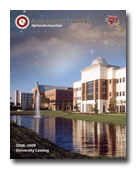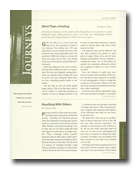Printing is far from extinct. We can make your ideas soar.
For over three decades American Litho has been proudly printing high quality catalogs, brochures, newspapers and direct mail pieces.
We will earn your trust and continued business with solid craftmanship, reliable customer service and great value.









